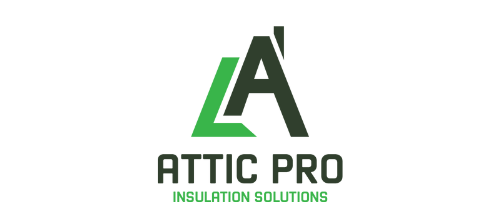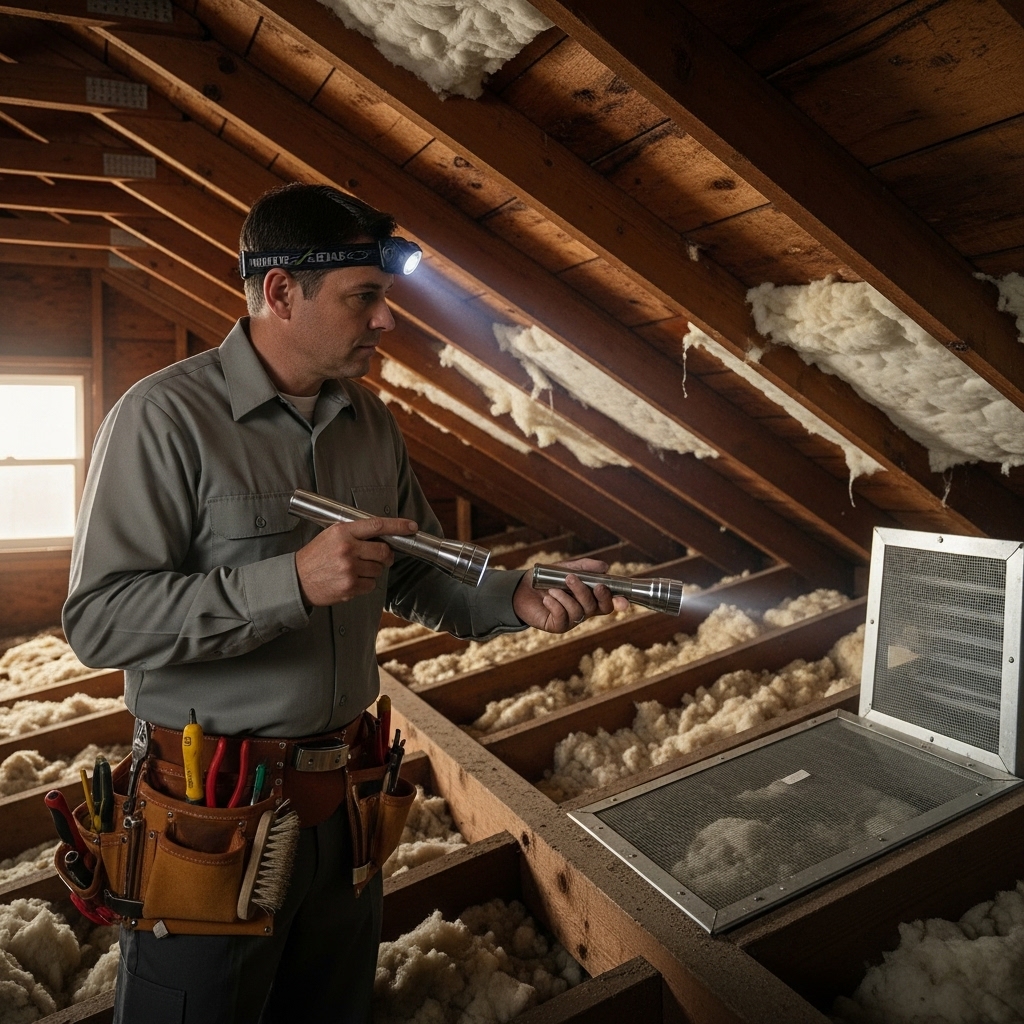How Rodent Sanitation Inspections Work in Los Angeles
If you’ve ever heard an unexplained scratching in the ceiling or found a few telltale droppings in the garage, you’ve probably wondered what a professional inspection actually includes. In Los Angeles, where homes range from coastal cottages to hillside moderns and everything in between, a thorough rodent sanitation inspection follows a clear logic: identify signs, trace pathways, assess contamination, and recommend a plan that prioritizes cleanup, exclusion, and monitoring. For many homeowners, the process feels like a guided tour of the parts of the house you rarely see, translated into plain language and practical next steps. It’s the on-ramp to effective rodent sanitation and long-term prevention.
Because LA has microclimates and diverse building vintages, inspectors bring a local lens to the task. What matters in a 1920s Spanish revival with clay tiles differs from a 1970s ranch with long eaves or a new build with recessed lighting everywhere. The underlying question is always the same: where are rodents entering, where are they traveling, and where are they getting enough comfort and calories to stick around? Answering those questions thoroughly turns guesswork into a roadmap.
The Exterior Survey: Starting from the Outside In
Most inspections begin with the exterior. The perimeter walk identifies conditions that increase pressure on the home—overgrown vegetation that touches the structure, fallen fruit beneath trees, unsecured trash or recycling, stacked materials against walls, and gaps around garage doors or utility penetrations. Inspectors look up as much as they look down, scanning rooflines, vent screens, and utility mast entries. Roof-to-fence junctions are especially significant in LA, where rodents often travel along fence tops and jump onto eaves to find small openings near attic vents.
The exterior survey also accounts for moisture, which can be just as influential as food. Irrigation overspray along foundations, leaky hose bibs, or poorly draining planters create small but attractive water sources. When these combine with cover—hedges, stacked firewood, or stored items—they can transform a quiet side yard into a launchpad for activity. Documenting and addressing these conditions early pays dividends by reducing the motivation to explore the house itself.
Attic and Crawl Space Assessment
Once the exterior conditions are mapped, inspectors turn to the structural cavities. In attics, they look for droppings, urine stains, rub marks along rafters, disturbed insulation, and nesting materials. They also pay attention to heat and ventilation patterns, because warm, poorly ventilated spaces hold odor longer and can signal a stable nesting site. Access points are common near eave vents, roof junctions, and around utilities that penetrate the roof deck. In crawl spaces, inspectors look for burrows near vents, gaps around pipes, and soil disturbances that point to travel routes.
Contamination assessment is a central part of the inspection. The goal is not to catalog every speck of dust but to determine whether the area requires targeted sanitizing or more extensive cleanup. When contamination is limited, spot treatment may suffice; when odors and staining are widespread, removal of compromised insulation and thorough sanitizing bring the space back to baseline. This step protects indoor air, reduces scent cues that attract future activity, and sets the stage for successful exclusion.
Interior Checks: Kitchens, Laundry, and Utility Rooms
Inside the home, inspectors focus on kitchens first. Food access and odor are the primary drivers of exploration, so pantries, under-sink cabinets, and gaps around appliances get careful attention. Inspectors look for signs such as droppings, nibble marks on packaging, and grease trails where rodents brush repeatedly against a surface. Laundry rooms and utility closets receive similar attention because they often contain penetrations for water, gas, and electrical lines—each a potential entry point if not sealed properly.
For homes with pets, feeding areas and storage spots for kibble or treats are reviewed. The advice here is practical rather than judgmental: store food in airtight containers, clean bowls daily, and avoid leaving food out overnight. These simple changes make a disproportionate difference in results because they strip away steady rewards that might otherwise keep visitors coming back.
Mapping Pathways and Prioritizing Work
One of the most valuable outcomes of a professional inspection is the pathway map. Inspectors connect the dots between exterior conditions, structural openings, and interior signs to paint a picture of how rodents are moving. This map informs the priority list: seal this utility gap first, replace that torn vent screen, sanitize this attic bay where nesting occurred, and adjust these kitchen habits. By organizing tasks in sequence, the inspection helps you allocate time and resources where they count most, avoiding the common trap of cleaning endlessly while a single open gap keeps the problem alive.
Prioritization also respects seasonality. After heavy rains, exterior sanitation—clearing vegetation, securing bins, and repairing ground-level gaps—might take precedence. During hot spells, attention may shift to attic ventilation and door sweeps as rodents seek cool interior spaces. In wind events, re-check attic hatches and can lights because dust and odor can move around, and fresh rub marks may appear where activity resumed.
Tools, Safety, and What to Expect
Inspectors arrive with lights, measuring tools, protective equipment, and sometimes cameras to document findings. Safety is paramount, both for the home and for the people in it. If an area is contaminated, inspectors avoid stirring dust unnecessarily and will note when specialized cleanup is recommended. Homeowners are often invited to see key findings firsthand—fresh rub marks along a vent screen, a gap above a garage door track, or disturbed insulation near a can light. This transparency helps you understand not only what is happening but why certain recommendations matter.
Expect clear documentation. A good inspection report lists observed signs, photos where helpful, and a prioritized plan. Look for recommendations that balance sanitation, exclusion, and monitoring rather than leaning solely on short-term measures. The report should also be intelligible; you shouldn’t need a construction background to follow it. When the plan makes sense, execution becomes easier and results are faster.
Sanitation: The Cornerstone of Long-Term Success
Sanitation sits at the center of any sustainable solution. Cleaning and organizing are not mere housekeeping chores; they reduce attractants, make signs visible, and improve the effectiveness of every other measure. In practice, sanitation means sealed food, tidy storage, dry surfaces, and clear sightlines in attics and garages. It also means addressing contamination safely so that odors don’t advertise a former nest site to the next wave of explorers.
In multi-step plans, sanitation typically happens first or alongside initial sealing. Once a space is cleaned and sanitized, monitoring becomes truly meaningful. A single dropping in a pristine garage tells you far more than a handful lost in clutter. This precision reduces guesswork and gives you the confidence that progress is real.
Exclusion and Monitoring: Locking In the Gains
After sanitation, exclusion makes the most of your clean slate. Door sweeps that seal tightly, vent screens that are intact, and patched gaps around utility lines turn once-inviting routes into dead ends. Monitoring then serves as a verification step. Whether you use simple visual checks or install sensors in sensitive areas, the goal is to detect new activity early and address it before it establishes. Over time, a sealed and clean home develops a kind of inertia against infestation; it resists rather than invites.
It’s helpful to think of this trio—sanitation, exclusion, and monitoring—as a cycle rather than a linear project. Weather shifts, landscaping grows, and we bring new belongings into our homes. Periodic refreshes of each pillar keep your home resilient. A brief inspection follow-up after major rains or neighborhood construction is a smart investment in maintaining control.
Frequently Asked Questions
How long does a typical inspection take? Most single-family home inspections take one to two hours, depending on size and access. Complex rooflines, large attics, or multiple crawl space segments can extend the time slightly to capture details that matter.
Do I need to prepare the home beforehand? Clearing access to the attic hatch, garage perimeter, and under-sink cabinets speeds things up. You don’t need to deep-clean; inspectors prefer to see true conditions so they can offer accurate recommendations.
Will inspectors open walls or ceilings? Not during a standard inspection. The goal is non-destructive assessment. If hidden activity is suspected, inspectors may recommend targeted follow-up that minimizes disruption.
Is attic insulation always replaced? No. Replacement is recommended when contamination is widespread or when odors are persistent. Spot sanitizing is appropriate for minor activity, and good reports will explain the reasoning either way.
What about apartments or condos? Inspections cover individual units and shared spaces. The plan coordinates inside-unit sanitation with building-wide exclusion so that progress is not undone by conditions in common areas.
How soon will I see results after following the plan? Many homeowners notice improvements within weeks. As sanitation removes rewards and exclusion blocks routes, nighttime activity typically declines and monitoring becomes increasingly quiet.
Do I need ongoing services? Some homes benefit from periodic checkups, especially after seasonal shifts or if your property borders greenbelts and alleys. Others do well with a one-time overhaul and a homeowner-led maintenance routine. Your inspection report should clarify what’s best for your situation.
How do professionals balance safety during cleanup? The focus is on controlled removal, targeted sanitizing, and ventilation to minimize airborne dust. Protective equipment and careful technique protect both workers and families while restoring the space to a healthy baseline.
When you’re ready to turn insight into action, schedule a plan that combines inspection, cleanup, and sealing—a comprehensive approach to rodent sanitation that fits Los Angeles homes. With a clear roadmap and local know-how, you can move from uncertainty to calm, confident control over your space.

